1. Integrate your data
Connect all your data sources to access historical and consumption patterns.
Reduce excess stock and avoid being sold out, with a platform that allows you to:
Leading supply chain teams use Datup to improve their results



















Integrations to all the data sources that your company uses, such as ERP's, WMS and CRMs.
And if you have a new integration, we can connect directly.

Factors such as weather, holidays, lead times, exchange rate and other external factors are analyzed to calculate how they will impact demand and your inventories.

It allows you to visualize deviations and anticipate problems with excess or lack of inventory.
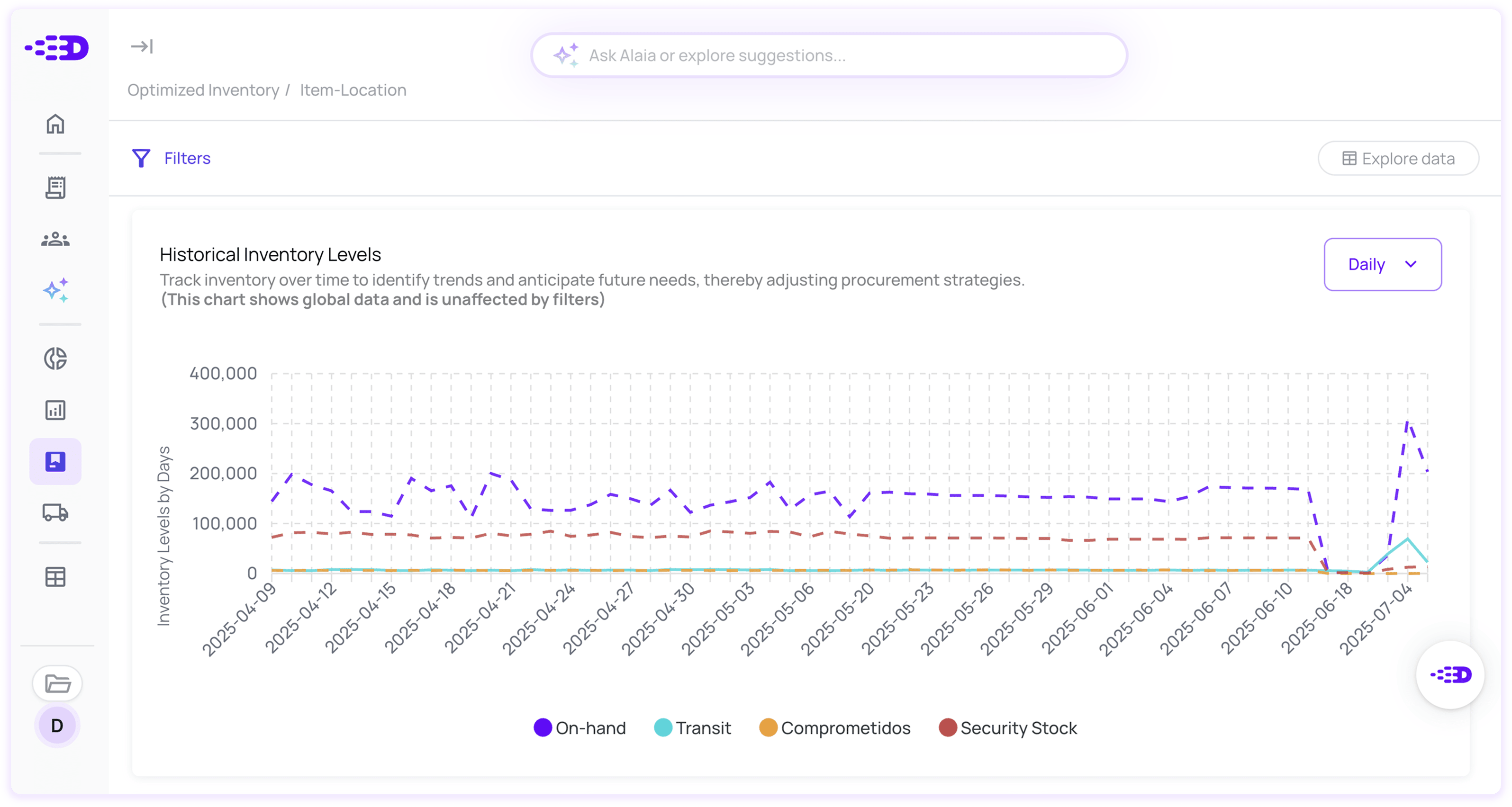
Analyze the turnover by product, category, quantity, revenue and rotation speed by product

Based on safety stock, supplier supply times and automatically expected demand.


We calculate month by month how much savings you are generating thanks to the accuracy of the forecasts and how much the accuracy rate was.

At Datup you have AlaiA, your trained Supply Chain assistant, from whom you can ask for optimization analyses based on your data that take seconds, not days or weeks.
From the start, we calculate how much savings you generate thanks to accurate forecasts.
We send you recommendations, insights and summaries based on your operation to other channels such as email or WhatsApp.
Without the need for extra technical equipment, at Datup we implement the solution in weeks, connecting your data from ERP, WMS, TMS and more.
Monthly subscription billed as soon as Datup processes your data. With no limit on the number of users, it includes all the collaborators you need and we also have no permanence clause.
At Datup we integrate with your ERP and we also send clean information back, which facilitates the workflow in daily activities.

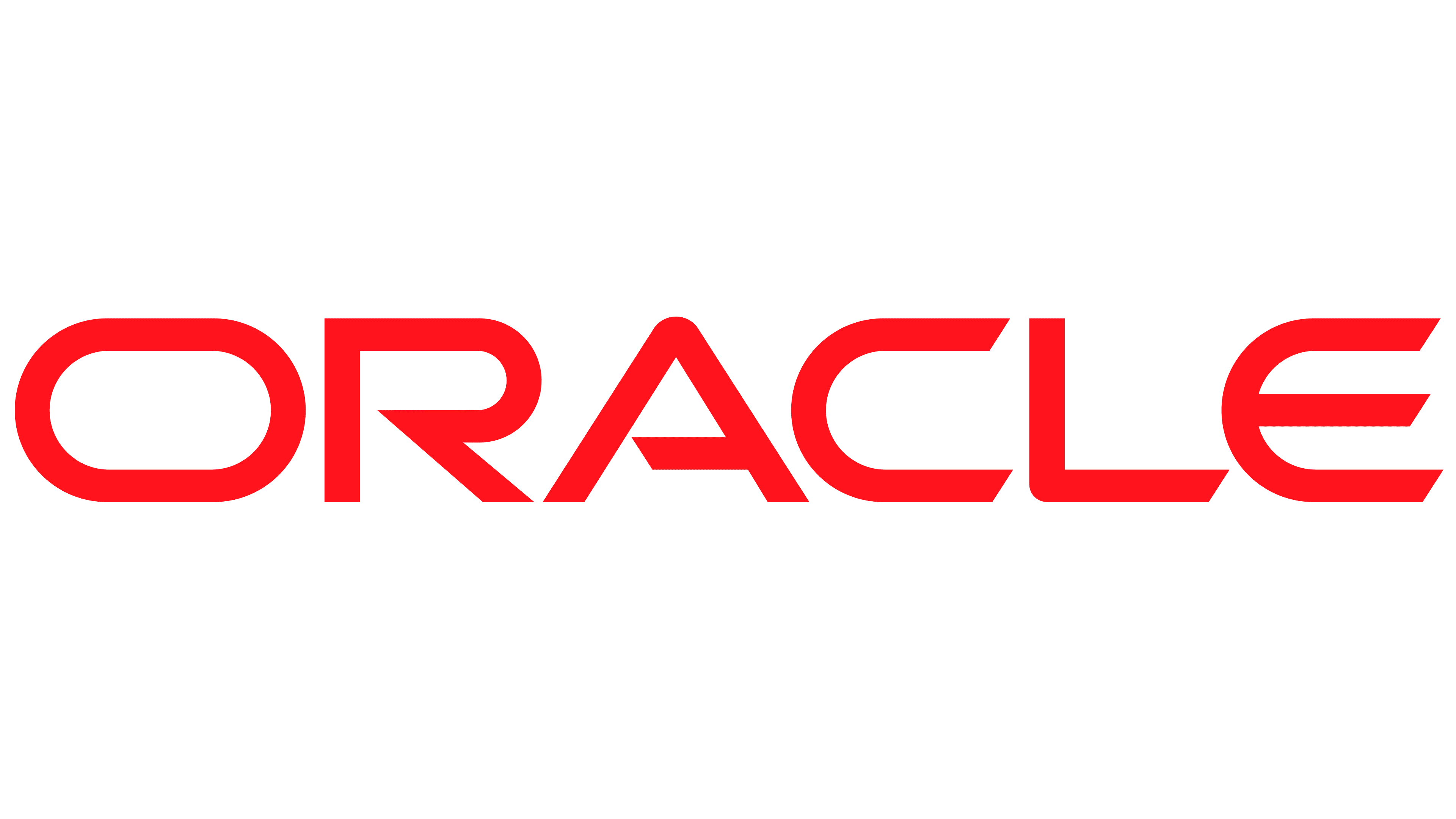

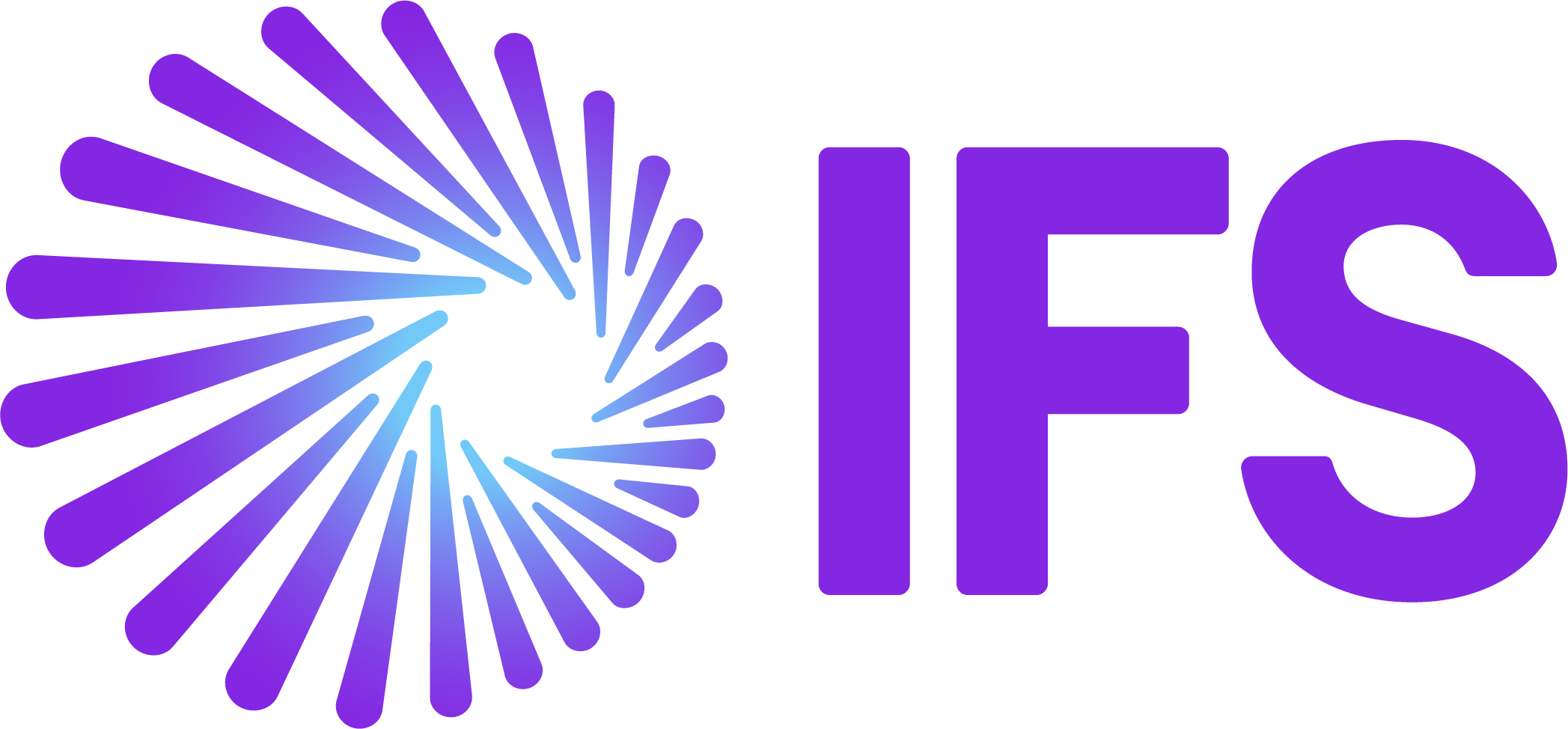

Datup strategically classifies your product portfolio to review the level of impact of the combinations according to the classification (ABC, FSN, XYZ) of each one.
.png)
Based on safety stock, supplier supply times and automatically expected demand.

In Datup, you can view actual sales versus estimated sales in a single view, it eliminates the need to review complex spreadsheets and streamlines strategic decision-making by quickly identifying deviations.

Implementing Artificial Intelligence (AI) in inventory control can significantly transform the efficiency and accuracy of your business. Discover the most important benefits of DATUP.
%2011.05.41%E2%80%AFa.%C2%A0m..png)
Our inventory control AI predicts demand by analyzing sales and trends, optimizing replenishment and avoiding excesses or shortages of products. This allows companies to replenish at each location more efficiently.

Our AI analyzes sales data and trends to optimize inventory levels. By accurately predicting demand, it reduces excess stock, minimizing storage costs and improving operational efficiency.
%2011.16.26%E2%80%AFa.%C2%A0m..png)
AI performs prescriptive data analysis, offering concrete recommendations for optimizing the supply chain. It suggests specific actions to generate savings, improves strategic decision-making and proposes operational adjustments to maximize the efficiency of your company.
%2011.02.17%E2%80%AFa.%C2%A0m..png)
AI performs prescriptive data analysis, offering concrete recommendations for optimizing the supply chain. It suggests specific actions to generate savings, improves strategic decision-making and proposes operational adjustments to maximize the efficiency of your company.
%2011.18.30%E2%80%AFa.%C2%A0m..png)
Improved cash flow and EBIT: Optimizing inventory reduces excess capital tied up in stock, freeing up cash for other needs. This improves cash flow and, by reducing inventory maintenance costs, increases EBIT, increasing the company's overall profitability.

Check demand by category, product or channel for differentiated forecasts.
Bring all the data to Excel with a single click to manipulate the data and make custom calculations.

Compare current forecasts vs. forecasts from past months, quarters, and years.

Share with your team by email, download in PDF or use a link to view the report in real time.

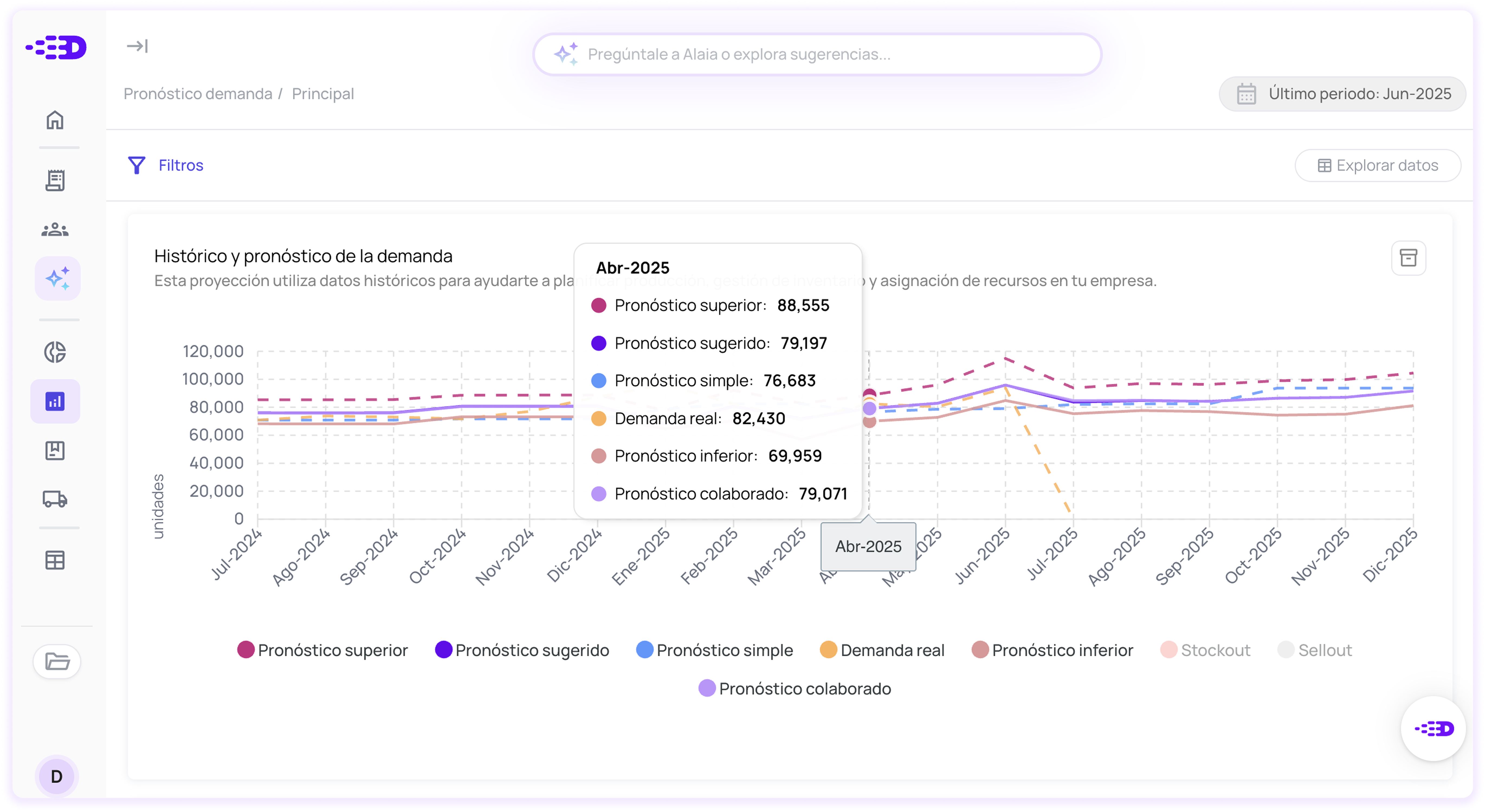
Ask about the estimated demand for any product in your portfolio, or the consolidated one. Analyze different scenarios, while collaborating with other teams.
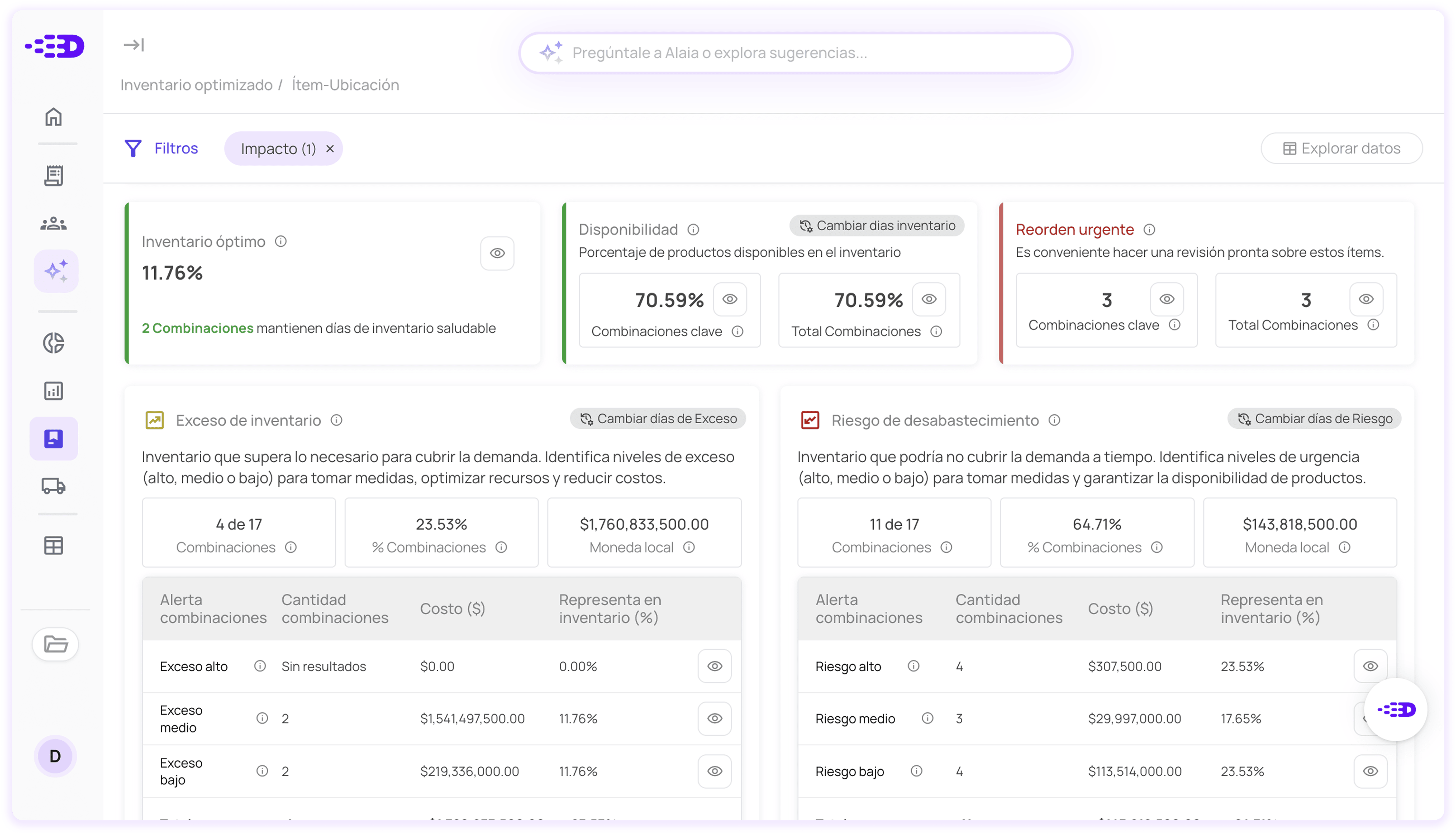
Optimize your inventory and define what you should buy and when you should buy it. Calculate reorder points, optimize stock levels and synchronize purchases with real demand to reduce bankruptcies and excesses
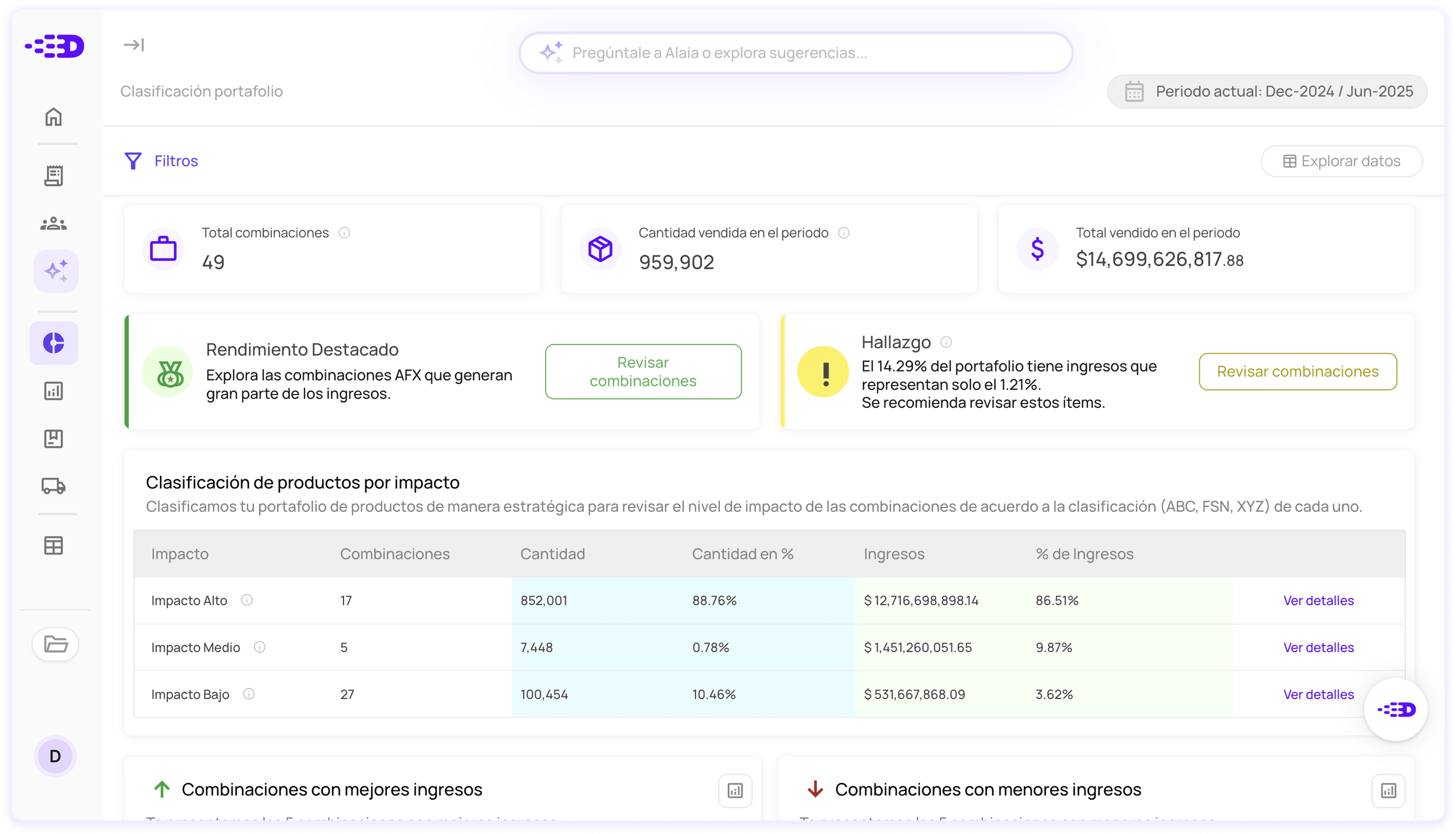
Classify your products by profit margin, turnover and price to find which are the most profitable and strategic, and which you should reevaluate to ensure that you don't have too many low-turnover products in stock.








